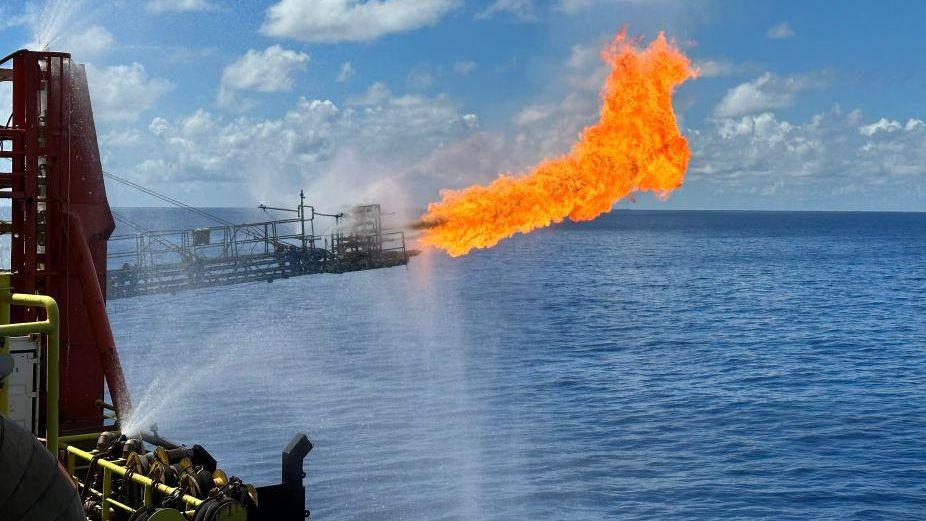By Chen Qinghong
The Philippines, by rallying a group of so-called fishermen in the waters around China's Huangyan Dao, has staged a new round of provocation in the South China Sea. The repeated intrusions into China's waters lay bare the Philippine government's intention to permanently occupy Huangyan Dao.
But do Manila's "territorial claims" on the islands hold water?
China is the first to have discovered, named, explored and exploited Nanhai Zhudao and relevant waters. In modern times, the Chinese government strengthened its authority over the islands and reefs in the South China Sea. After the Second World War, in accordance with the Cairo Declaration and the Potsdam Proclamation, the Chinese government dispatched officials to Xisha Qundao and Nansha Qundao to resume the exercise of authority over these islands.
In 1947, the Chinese government commissioned the compilation of Nan Hai Zhu Dao Di Li Zhi Lüe (A Brief Account of the Geography of the South China Sea Islands), reviewed and approved Nan Hai Zhu Dao Xin Jiu Ming Cheng Dui Zhao Biao (Comparison Table on the Old and New Names of the South China Sea Islands), and drew Nan Hai Zhu Dao Wei Zhi Tu (Location Map of the South China Sea Islands) on which the dotted line is marked.
Since its founding on October 1, 1949, the People's Republic of China has repeatedly reiterated and further upheld its sovereignty over Nanhai Zhudao and relevant rights and interests in the South China Sea by measures such as adopting legislations, establishing administrations and making diplomatic representations.
The Philippines, in contrast, had not formally claimed "sovereignty" over some of the South China Sea islands until the 1970s. The claim, to a large degree, is a result of Manila's covetousness for potential oil and gas resources in the South China Sea.

A drilling platform at the Kaiping South oilfield in the eastern part of the South China Sea, July 10, 2023. [Photo/Xinhua]
It is worth noting that in the 1960s, the United Nations Committee for Coordination of Joint Prospecting for Mineral Resources in Asian Offshore Areas (CCOP) indicated possible large oil and gas deposits in the South China Sea. Starting in the 1970s, the Philippines invaded and illegally occupied by force some islands and reefs of China's Nansha Qundao – such as destroying Chinese construction facilities and removing boundary markers engraved with Chinese characters.
The Philippines' claims on Huangyan Dao have no legal basis.
To begin with, Nansha Qundao has never been part of the Philippine territory. The territorial scope of the Philippines has already been defined by a series of international treaties including the 1898 Treaty of Peace between the United States of America and the Kingdom of Spain (the Treaty of Paris), the 1900 Treaty between the United States of America and the Kingdom of Spain for Cession of Outlying Islands of the Philippines (the Treaty of Washington), and the 1930 Convention between His Majesty in Respect of the United Kingdom and the President of the United States regarding the Boundary between the State of North Borneo and the Philippine Archipelago.
In 1933, ex-Senator Isabelo de los Reyes of the United States-governed Philippines wrote a letter to then Governor-General Frank Murphy in an attempt to claim that some Nansha islands formed part of the Philippine Archipelago on the ground of geographical proximity. The U.S. Department of State replied that "these islands … lie at a considerable distance outside the limits of the Philippine Islands which were acquired from Spain in 1898." This clearly proves that the Philippines' territory never includes any part of Nanhai Zhudao.
In addition, the Philippines' "sovereignty claims" over some islands and reefs of China's Nansha Qundao are highly subjective and arbitrary. The Philippines insists some islands and reefs fall under its sovereignty based on reasons such as "geographical proximity," "national security," or "the islands are located within its exclusive economic zone and continental shelf."
This is highly arbitrary as neither "geographical proximity" nor "national security" is a basis under international law for acquiring territory. Many countries such as the U.S. and France have territories far away from their metropolitan areas. Guam, for instance, is thousands of miles away from the United States. Occupying other countries' territory to consolidate its "national security" is no different from Fascistic expansion.
Claiming sovereignty over islands and reefs "located within the Philippine exclusive economic zone or continental shelf" goes against the "land dominates the sea" principles of the United Nations Convention on the Law of the Sea (UNCLOS). A coastal state can only claim maritime jurisdiction under the precondition of respecting the territorial sovereignty of another state, according to the UNCLOS. The Philippine government's using maritime jurisdiction to deny China's territorial sovereignty is a deliberate attempt to mislead public opinion.
In attempting to occupy Huangyan Dao, Manila behaves no differently than a pirate. The Philippine government, blatantly violating the DOC and other international regulations, has shown unparalleled skill in reneging on its commitments.
Chen Qinghong,a special commentator on current affairs for CGTN, is an associate research fellow at China Institutes of Contemporary International Relations.

 中文
中文



